Osteopathy
Founded in 1874
The practice of Osteopathy pre-dates all other manual therapies known to us today, such as Chiropractic and Physiotherapy. It is a hands-on manual therapy approach which assesses the musculoskeletal system, how is is functioning and its relation to painful problems.
Alongside this specific approach, Osteopath are also regarded as Primary Healthcare. Meaning that they are able to diagnose, are recognised by mainstream healthcare professionals as AHP’s (Allied Healthcare Professionals), communicate with GP’s, consultants and can refer for further investigations such as MRIs and X-ray.
What to Expect
On first visit to an Osteopath, a detailed case history including medical history and current medications are taken. If comfortable a physical examination will take place, usually not just of the area you are suffering with as Osteopaths look at the whole body picture. For example, if you have shoulder pain the shoulder will be examined including any specific Orthopaedic tests that are appropriate. In addition, your Osteopath is likely to take into consideration how your upper spine and neck is functioning by palpating and taking you through ranges of motion.
You may need to remove some items of outer clothing if this is something you are comfortable with, some patients choose to bring shorts and a vest top but loose clothing that can be rolled up is appropriate too.
Will it hurt?
Sometimes discomfort can occur during treatment, but not usually any worse than the pain you’ve been experiencing. You could have trigger points or ‘knots’ in muscles which can cause discomfort, or if an acute joint is needing adjustment there can be associated momentary feeling of tension or pull.
However, our practitioners see acute and painful issues every working day and are well experienced in treating with full communication, consent and compassion.
How Many Sessions?
You may need multiple appointments depending on the issue you have come to see us with. After diagnosing the reason for pain, your Osteopath will be able to give a rough prediction of how many sessions you are likely to need. Sometimes patients complete a treatment plan but later enjoy coming back for periodic sessions 1-6 months apart to maintain and further improve usually chronic problems that re-occur or are aggravated by hobbies or occupational demands.
How do you treat?
Osteopaths use hands-on techniques to address both muscular and joint elements of a painful problem, this can include muscular stretching & massage, joint manipulation & articulation, muscle engagement techniques and joint specific traction methods.
For very young or elderly patients where these techniques may be too much, we use more gentle approaches known as Functional and Cranial Osteopathy often used for the treatment of babies and Children. See our dedicated page for more information on this age group: Osteopathy For Children.
What now?
We have a full time reception team able to answer any questions or concerns you may have regarding seeing any of our practitioners, each have their own strengths and specialisms to further ensure you see the right person. More information about all our staff can be found on the ‘Team’ page, and further therapy options listed on our home page.




